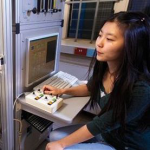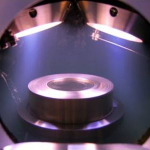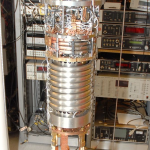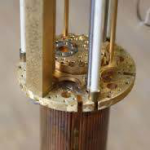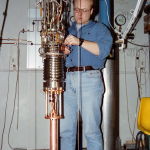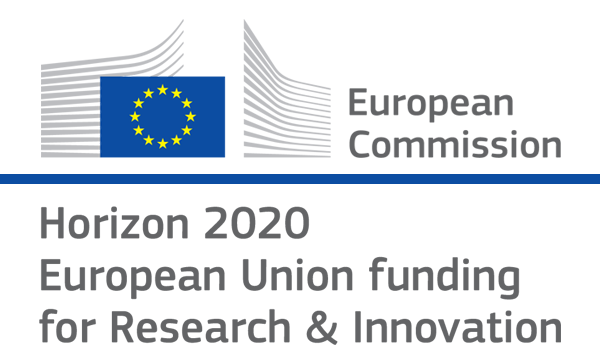

- Photon Transport in a Bose-Hubbard Chain of Superconducting Artificial Atoms
G. P. Fedorov et al., Phys. Rev. Lett. 126, 180503 (2021) - Path-Dependent Supercooling of the
He3 Superfluid A-B Transition
Dmytro Lotnyk et al., Phys. Rev. Lett. 126, 215301 (2021) - Superconductivity in an extreme strange metal
D. H. Nguyen et al., Nat Commun 12, 4341 (2021) - High-Q Silicon Nitride Drum Resonators Strongly Coupled to Gates
Xin Zhou et al., Nano Lett. 21, 5738-5744 (2021) - Measurement of the 229Th isomer energy with a magnetic micro-calorimeter
T. Sikorsky et al., Phys. Rev. Lett. 125 (2020) 142503
Magnon Bose–Einstein condensation and spin superfluidity
Yu.M. Bunkov and G.E. VolovikThe spin superfluidity -- superfluidity in the magnetic subsystem of a condensed matter - is manifested as the spontaneous phase-coherent precession of spins first discovered in 1984 in 3He-B. This superfluid current of spins - spin supercurrent - is one more representative of superfluid currents known or discussed in other systems, such as the superfluid current of mass and atoms in superfluid 4He; superfluid current of electric charge in superconductors; superfluid current of hypercharge in Standard Model of particle physics; superfluid baryonic current and current of chiral charge in quark matter; etc. Spin superfluidity can be described in terms of the Bose condensation of spin waves - magnons. We discuss different phases of magnon superfluidity, including those in magnetic trap; and signatures of magnons superfluidity: (i) spin supercurrent, which transports the magnetization on a macroscopic distance more than 1 cm long; (ii) spin current Josephson effect which shows interference between two condensates; (iii) spin current vortex - a topological defect which is an analog of a quantized vortex in superfluids, of an Abrikosov vortex in superconductors, and cosmic strings in relativistic theories; (iv) Goldstone modes related to the broken U(1) symmetry - phonons in the spin-superfluid magnon gas; etc. We also touch the topic of spin supercurrent in general including spin Hall and intrinsic quantum spin Hall effects.
J. Phys.: Condens. Matter 22 164210 (2010)
doi: 10.1088/0953-8984/22/16/164210
